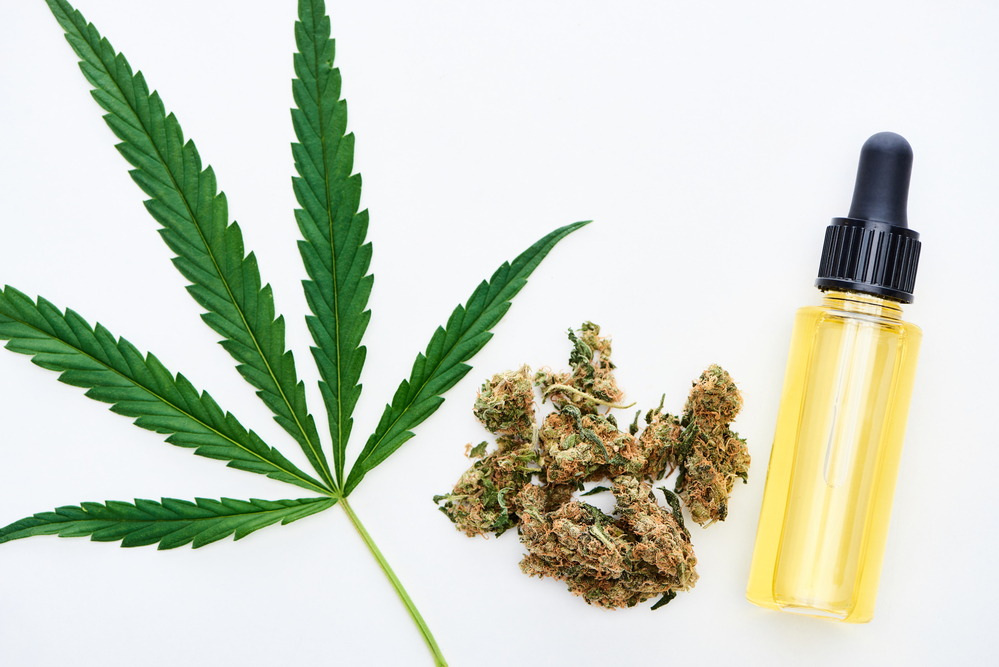More than one medical cannabis-related business has encountered community push-back from the earliest days of operation. Likewise, medical cannabis patients often do what they do in secret because they do not want to hear about it from family members and friends. There is a certain stigma associated with all things cannabis. Is it possible to overcome that stigma?
Marijuana has been a Schedule I controlled substance since the passage of the Controlled Substances Act of 1970. At the time, lawmakers deemed it should be a Schedule I substance because it had no known medical uses and it presented a considerable risk of abuse.
The abuse question has still to be answered. However, we are gradually seeing more data verifying legitimate medical uses for cannabis. Yet the drug remains on Schedule I. Its scheduling is a big part of the ongoing stigmatization.
Marijuana a Psychoactive Drug
Despite perceived medical uses, the active ingredient in marijuana (THC) is a psychoactive drug. This is to say that it has mind-altering effects. THC affects the brain as much as the rest of the body, and it can be addictive to some people. This explains the concern of lawmakers back in 1970.
Nothing has changed about THC in the last 50 years. However, it is possible to make medical cannabis products with low amounts of THC. And of course, there are hemp products that contain little or no THC at all. Yet you would be hard-pressed to learn about such products if you did not proactively research them.
THC being a psychoactive substance causes people to be wary of it. That is a good thing. Taking a cautious approach to any drug is simply good sense. But it is the psychoactive nature of marijuana that causes people to be as afraid of it as they are opioids.
The Stigma Among Users
There is probably little we can do about the stigma associated with medical cannabis, at least in terms of running a business. Society just isn’t yet at a place where cannabis farms and dispensaries enjoy the same positive perceptions as potato farms and corner drugstores. But the stigma attached to using medical cannabis is a different ballgame.
To begin with, we could go a long way toward reducing the stigma by prescribing medical cannabis in the same way every other prescription drug is prescribed. Coming up with standardized products with standardized doses would allow doctors to write detailed prescriptions filled by experienced pharmacists.
That sort of legitimacy would put medical cannabis on a level playing field with pain medications, antidepressants, antibiotics, etc. Utahmarijuana.org says Utah lawmakers are moving the state’s program in that direction.
Meanwhile, it is also worth considering how often we talk about medical cannabis and in what way. To illustrate the point, ask yourself a question: do I always tell my friends and neighbors about every prescription medication I am taking? Most of us do not. So why do we feel the need to speak so freely about medical cannabis? No one else needs to know.
Medical cannabis proponents with a public platform can help by being more careful. While some speak with all the seriousness the topic deserves others still approach it too lightly. They use terminology that sounds too recreational. Their conversations have a tone similar to what you might hear from people sitting around talking about smoking dope.
The stigma associated with medical cannabis is very real. More often than not, it is undeserved. But there are times when the medical cannabis community’s actions create bad perceptions. The question is, how do we turn those perceptions around?


